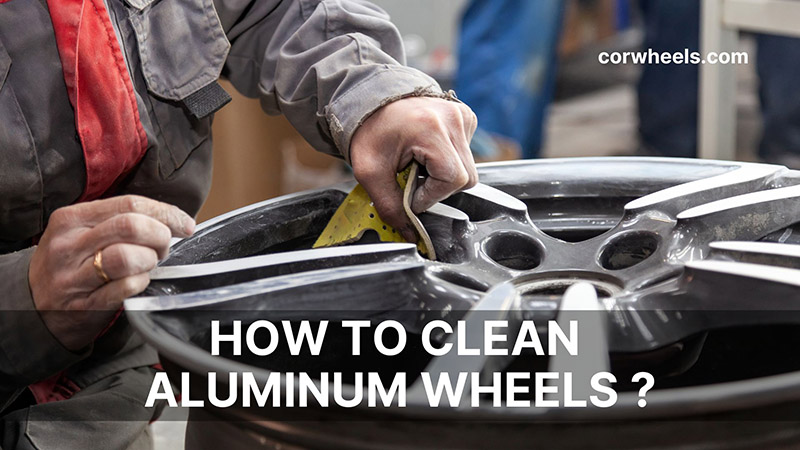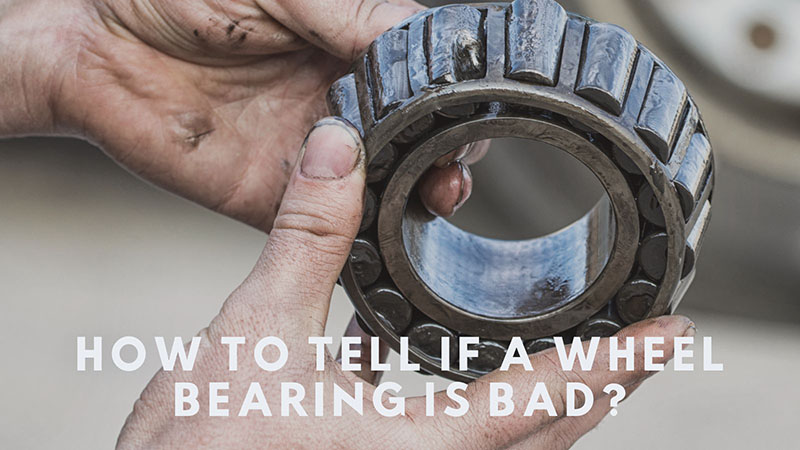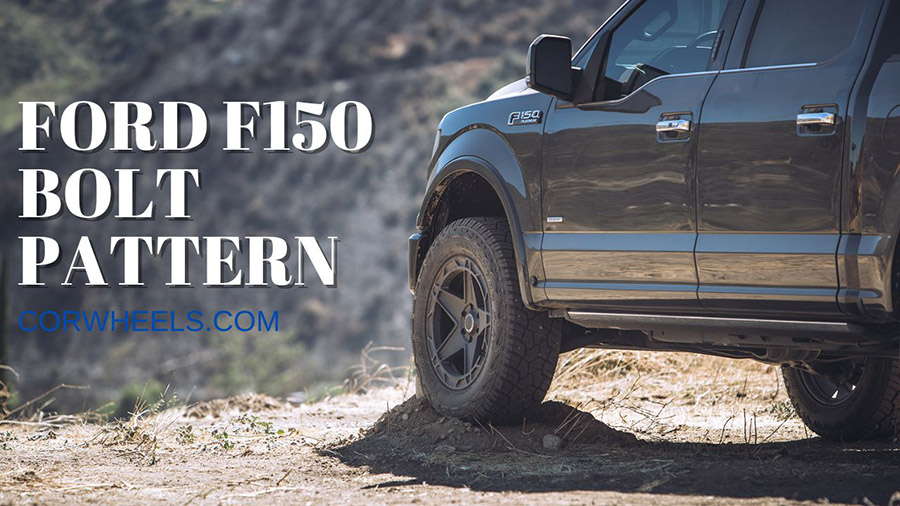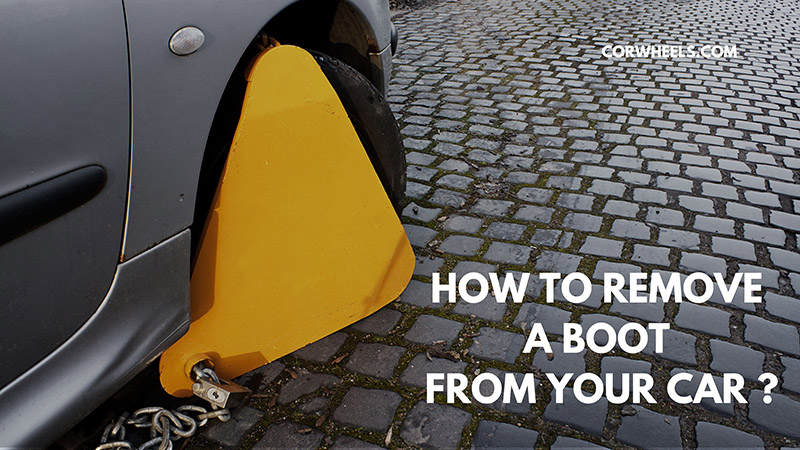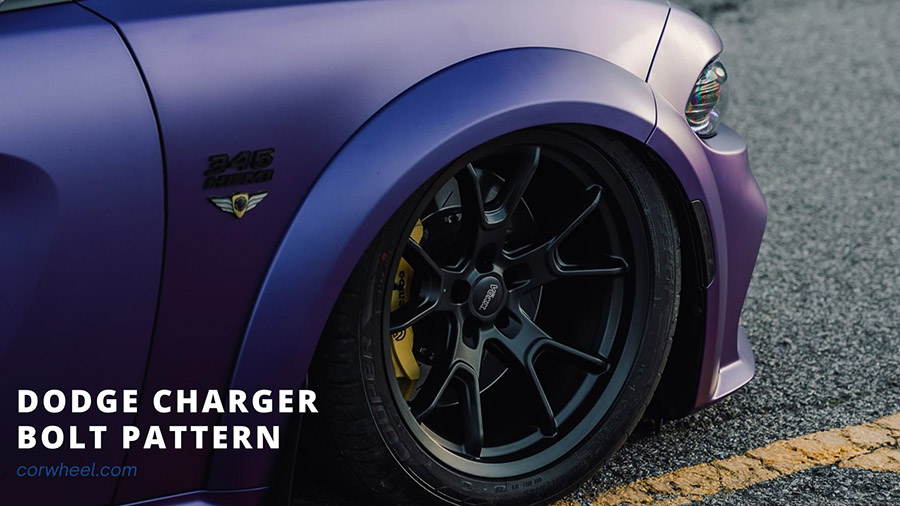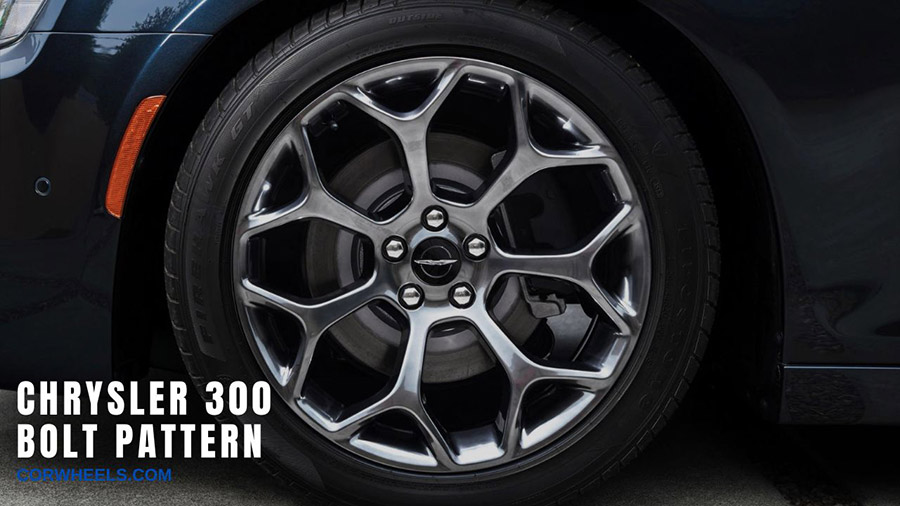Aluminum wheels are a popular choice for many vehicles due to their lightweight, durable properties, and stylish appearance. However, they can be a honeypot for dirt, grime, and brake dust adhesion over time, dulling their shine and affecting their performance.
I will provide you with a step-by-step guide on performing aluminum wheel cleaning effectively, whether they are polished, oxidized, or coated with a clear coat.
In this article:
How To Clean Aluminum Wheels
Cleaning aluminum wheels can help keep them looking shiny and new, but it’s important to use the right techniques and products to avoid damaging the metal. Below is a step-by-step guide on the cleaning process.
Step 1: Preparation
Before cleaning your aluminum wheels, ensure they are cool to the touch and out of direct sunlight. It’s also a good idea to wear protective gloves to prevent skin irritation or chemical burns.
Step 2: Rinse the wheels
Use a hose or pressure washer to rinse any loose dirt or debris from the cool wheels. This will make it easier to clean them properly.
Step 3: Apply detergent or wheel cleaner
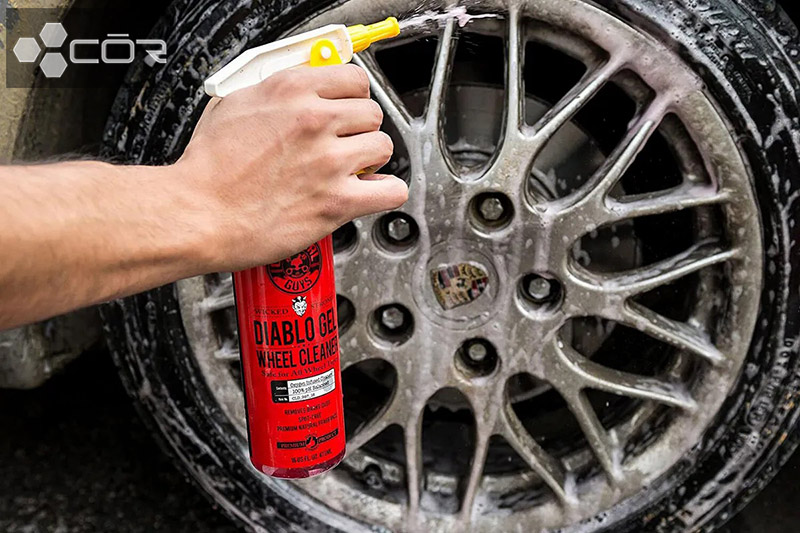
Mix a mild detergent with water in a bucket, or use a specialized aluminum wheel cleaner according to the manufacturer’s instructions. Apply the cleaner to the wheels using a sponge or a soft brush, covering all surfaces evenly.
Step 4: Scrub the wheels
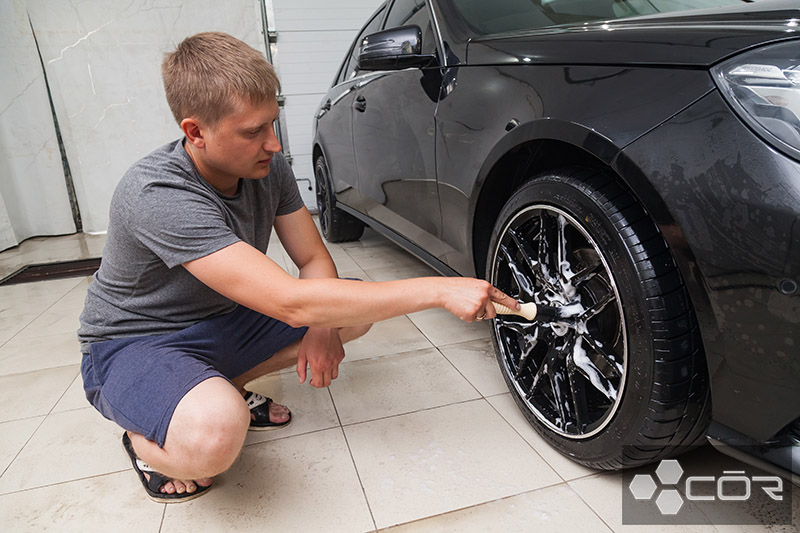
Using the brush or sponge, gently scrub the wheels to eliminate any dirt, grime, or brake dust build-up. Pay extra attention to the nooks and crannies around the spokes and lug nuts.
Step 5: Rinse thoroughly
Use a hose or pressure washer to thoroughly rinse off the wheels, removing all traces of detergent or cleaner. Rinse from top to bottom so that any dirt or debris on the lower part of the wheels doesn’t splash back onto the clean areas.
Step 6: Dry the wheels
Use a microfiber towel or chamois to dry the wheels thoroughly. This will help prevent water spots or streaks from forming.
Bonus Step: Make it look like new by applying polish or wax
Let’s say you want to give your aluminum wheels extra shine and protection. In this case, you can use a wheel polish or wax according to the manufacturer’s instructions.
This will also help prevent corrosive brake dust and other contaminants from sticking to the surface of the wheels. Here is what you need to do.
- Step 1: Choose a polishing product specifically designed for aluminum wheels and apply it evenly using a foam applicator pad or soft cloth in circular motions.
- Step 2: Buff the wheel to a shine with a clean microfiber cloth or buffing pad, removing any excess cleaning product until the surface is smooth and shiny. My tip is to always use a fresh cloth to buff a new polish to prevent getting old polish back on the wheel.
- Step 3: Repeat the buffing process as necessary for optimal results.
For Polished Aluminum Wheels
Cleaning polished aluminum wheels is a slightly different cleaning technique that can help avoid damaging the wheel finish. Here is a tried-and-true method to get the best results.
Step 1: Prepare the wheels
Park your vehicle in a shaded area away from direct sunlight.
This is because a sunkissed place with high temperature will probably dry out the cleaner on the wheel before being washed off. And when it sticks to the surface, you have to rub it hard to remove, increasing the risk of scratching the polished finish.
Remove any center caps or hubcaps and set them aside in a safe location.
Step 2: Rinse the wheels
Use a hose or pressure washer to rinse off any loose dirt and debris from the wheels.
Step 3: Apply the cleaner
Apply a generous amount of specialized cleaners on wheels. Ensure the cleaner is specifically designed on polished aluminum wheels to avoid damaging the finish.
Step 4: Let the cleaner sit
Allow the cleaner to sit on the wheels for a couple of minutes to dissolve dirt, grime, and brake dust buildup.
Step 5: Scrub the wheels
Rub the wheels’ surface with a sponge or a soft-bristled brush, focusing on any areas with heavy dirt or grime buildup. Remember to exert a light force to not scratch the polished surface.
Step 6: Rinse thoroughly
Rinse the wheels thoroughly with clean water, removing all traces of the cleaner.
Step 7: Dry the wheels
Use a dry microfiber cloth or chamois to dry the wheels completely. Be sure to path dry any water spots or streaks.
Step 8: Apply a protective coating
Use a specialized aluminum wheel wax or sealant to help safeguard the polished surface from future damage.
For Oxidized Aluminum Wheels
Aluminum wheels can oxidize over time due to exposure to air, moisture, and other environmental factors. Oxidation layer can make the wheels look dull, discolored, and even rough to the touch. Apply the following instructions if you want to get rid of these annoying stains.
Step 1: Mix the vinegar solution
Mix equal parts of white vinegar and water in a bucket or spray bottle. This will create a mild vinegar cleaning solution safe for cleaning aluminum alloy wheels.
Step 2: Apply the solution
Spray or apply the vinegar solution to the oxidized aluminum wheels. Use a sponge or soft-bristled brush to work the cleaning agent into the wheels, paying extra attention to the areas that are heavily oxidized.
Step 3: Allow this aluminum wheel cleaner solution to sit
Let the vinegar solution sit on the wheels for 7-10 minutes. This will give the mixture enough time to dissolve and remove the oxidized layer.
Step 4: Scrub the wheels
Scrub the wheels thoroughly using the brush or sponge to get rid of any remaining dirt or debris. Tread with caution and steer clear from using abrasive cleaners or rough brushes that can scratch the surface of the metal.
Step 5: Rinse thoroughly
Use a hose or pressure washer to thoroughly rinse off the wheels, eliminating all traces of the wheel cleaning solution. Notice to always rinse from top to bottom to not dirty the clean areas again.
Step 6: Dry the wheels
Use a microfiber towel or chamois to dry the wheels thoroughly. Or else, you will see water spots or streaks forming afterwards.
How To Remove Clear Coat On Aluminum Wheels
Erasing the clear coat from cast aluminum wheels can be done using various methods, depending on the type and condition of the clear coat. Here is a step-by-step guide on removing clear-coated aluminum wheels using a chemical stripper.
Step 1: Preparation
Before starting, make sure you are in a well-ventilated area or work outdoors. Wear protective gloves, eyewear, and a respirator or mask to avoid breathing in fumes or getting the stripper on your skin or eyes.
Also, protect the surrounding area from the stripper and cover any parts of the wheel that you don’t want to strip.
Step 2: Apply the chemical stripper
Apply a chemical paint stripper for metal polishing surfaces to the aluminum wheel. Follow the manufacturer’s instructions on how to use the product. Brush on the stripper in a thick, even layer, covering the entire wheel surface.
Step 3: Allow the stripper to sit
Allow the stripper to work its magic on the wheel for the amount of time specified by the manufacturer. This is for the stripper to dissolve the clear coat.
Step 4: Scrape off the clear coat
Use a plastic scraper or putty knife to scrape off the clear coat from the aluminum wheel. Stay away from metal scrapers or knives that can scratch the surface of the wheel.
Step 5: Sand the wheel
Utilize steel wool or fine-grit sandpaper to sand the aluminum wheel thoroughly. Sand in a circular motion, working in small areas at a time. This will help erase any remaining clear coat and smooth out the surface of the wheel.
Step 6: Rinse thoroughly
Rinse the wheel thoroughly with a stream of water to wash off any remaining stripper or debris.
Step 7: Apply a protective coating
To protect your aluminum wheels from further damage, you can apply a protective coating, such as wheel wax or sealant, following the manufacturer’s instructions.
How To Maintain Aluminum Wheels
Following our tips below can help you preserve the appearance of your aluminum wheels and extend their lifespan. Proper upkeep will also ensure that your wheels remain safe and functional while on the road.
- Clean regularly: Regular cleaning is key to keep the aluminum wheels in good shape. Wash them with soap and water to remove dirt, grime, and brake dust.
- Don’t use abrasive materials: When cleaning or working on the wheels, avoid using abrasive materials, such as steel wool or dry sandpaper. These can scratch the surface of the wheels and wreak havoc on the finish.
- Use non-acidic cleaners: When cleaning aluminum wheels, use non-acidic cleaners that are specifically designed for this purpose. Citric acidic cleaners can corrode the wheels, resulting in discoloration and pitting.
- Say no to automatic car washes: Automatic car washes may use harsh chemicals and abrasive brushes that can scratch and damage aluminum wheels. Instead, hand wash the wheels yourself or take them to a professional car detailer.
- Dry thoroughly: After washing the wheels, dry them thoroughly with a clean towel or chamois. This will prevent water spots and other stains from forming on the wheels.
- Apply wax or sealant: Applying wax or sealant to the wheels can help protect them from the external elements, including UV rays and road salt. It can also make them easier to clean in the future.
- Check for damage: Inspect the wheels regularly for signs of wear, like cracks, dents, and scratches. If you notice any damage, take the wheels to a professional for repair or replacement.
- Keep tires properly inflated: Properly inflated tires can help prevent damage to the wheels, as they will absorb more of the impact from bumps and potholes. Check the tire pressure regularly and adjust it as needed.
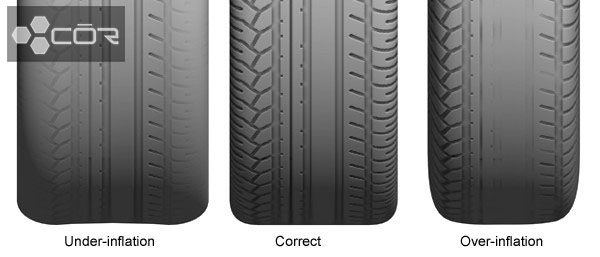
- Store the wheels properly: If you have spare wheels or are storing your car for an extended period, store them properly to minimize damage. Keep them in a dry, cool place and cover them with a protective cover to ward them off sunlight and moisture.
Frequently Asked Questions
Does WD-40 Clean Aluminum?
Yes, WD-40 can clean aluminum, but it is not the most effective cleaner for this purpose. While it can remove caked-on dirt and grime from aluminum surfaces, it is not specifically formulated to clean aluminum and can potentially take a toll on the parts if not used properly.
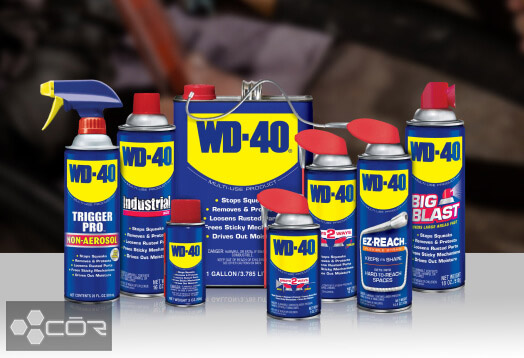
It is recommended to use a cleaner designed for cleaning aluminum to avoid any potential damage to the metal.
What Is The Best Chemical To Clean Aluminum?
The best chemical to clean aluminum depends on the specific type of grime you want to remove. Acidic cleaners such as phosphoric acid and vinegar can effectively remove heavy corrosion, stains, or aluminum oxidation.
Alkaline cleaners, such as sodium hydroxide and ammonia, work wonderfully in removing oil, additional grease, and other organic residues from aluminum surfaces.
What Is The Best Thing To Clean Oxidized Aluminum?
The best thing to clean oxidized aluminum is a specialized aluminum cleaner that is meant to remove oxidation, such as a product that contains oxalic or phosphoric acid. These cleaners are formulated to break down and dissolve the layer of oxidation on the surface of the aluminum, restoring its shine and luster.
The Bottom Line
Maintaining the appearance and uncompromised performance of your aluminum wheels requires regular cleaning and upkeep. By following my process of cleaning, you can effectively and efficiently clean your aluminum wheels regardless of their condition or finish.
Keeping your aluminum wheels clean and well-maintained can extend their lifespan and ensure that they continue to enhance the look and performance of your vehicle for many years. Plus, it will also save you some extra dollars on maintaining fees.

